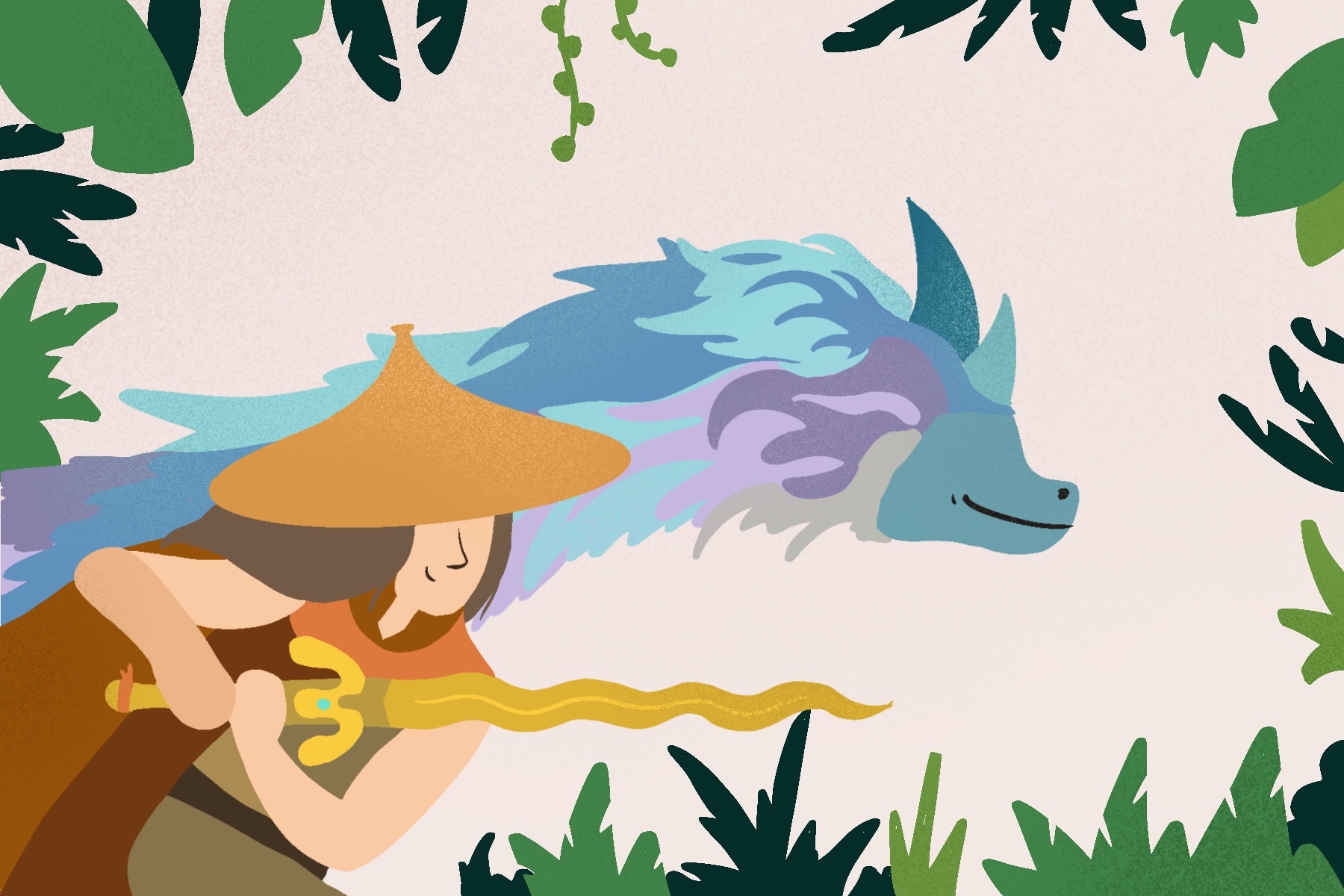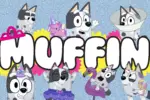Disney recently released “Raya and the Last Dragon,” an animated film that is inspired by the diverse cultures and countries of Southeast Asia. Disney’s newest princess, Raya, goes on a journey to find the last dragon to save her land from the sinister monsters named Druun by traveling around the region to reunite the people of the land and attempting to save the world in the process. Raya’s quest officially kicks off when the dragon gem is shattered, unleashing the Druun back into the world.
But aside from bearing the weight of humanity on her shoulders, Raya has another burden to bear. Raya’s trust issues are a prominent yet still subtle theme within the movie. If Raya truly wants to save the world, then she has to learn how to trust her comrades and be vulnerable with others. This is tough for Raya, who seems like an emotionally closed-off princess who has to find goodness within the world. However, Raya doesn’t lack self-confidence in her abilities, and she’s a skilled fighter who was trained at an early age. Just like many other Disney movies, there’s a theme of grief that inspires the main character to continue on.
Many people were stoked about the Southeast Asian representation, especially with the screenwriters of the movie being Southeast Asian themselves. Adele Lim served as the screenwriter for “Raya and the Last Dragon” and was recruited by Disney specifically to ensure that the best aspects of the region were properly shown. Qui Nguyen is an American Vietnamese playwright that also wrote for the movie. On top of that, many of the voice actors are of Asian descent. Raya is voiced by Kelly Marie Tran, who is Vietnamese American. Awkwafina, who starred in “The Last Farewell” and “Crazy Rich Asians,” voices the dragon Sisu. Gemma Chan, who also starred in “Crazy Rich Asians,” voices Namaari.
The film doesn’t necessarily take place in a specific part of Southeast Asia. Instead, the setting is in Kumandra, a fictional land that is inspired by countries like Malaysia, Vietnam, Laos, Cambodia, Thailand and Indonesia. The land of Kumandra used to be inhabited by mystical dragons, which brought magic and harmony, but it was split apart over time due to war. The land surrounds a body of water that resembles a dragon and is made up of five different regions that are home to five different clans.
There are many references to Southeast Asian culture and mythology in “Raya and the Last Dragon”; it honestly felt like listening to stories shared by grandparents. It is clear that bits of Southeast Asia are peppered through the film. For example, Raya’s name means “celebration” in Malay — and there is definitely much to be celebrated. She gets around by riding atop her animal sidekick named Tuk Tuk, who shares its name with Cambodia’s motorbike-powered carriages. As for weapons, Raya wields a sword that is reminiscent of the Indonesian kris. Her fighting technique is inspired by Silat, which is a traditional martial arts form commonly practiced in Malaysia and Indonesia, and she wears a hat that looks like the salakot, a traditional headgear in the Philippines.
Unfortunately, despite the amount of Southeast Asian representation in this animated film, Indonesia and Singapore are the only countries in the region that have access to Disney+. It’s a bit ironic how this film was made specifically for a group of people but yet, they may not even get to watch the movie. The film definitely deserves more hype, but it has been unfortunately overshadowed by the release of the “WandaVision” finale. It also costs about $30 to premiere the animated film on Disney+, an already prepaid streaming service, which kind of sucks since the movie “Soul” was available for free. It makes one wonder, was the film really made for Southeast Asian representation, or was it all about making a consumable capsule of Southeast Asian-ness for the Western media? Still, besides the surface-level representation, “Raya and the Last Dragon” does have an amazing storyline and breathtaking visuals.
“Raya and the Last Dragon” is definitely not perfect in terms of representation, but it is still important since Disney holds great influence within the film industry. It would have been nice to see Raya personally interact with the cultures that inspired the movie instead of just seeing her depicted passively inside of the various cultural elements. It would also have been nice if there were more Southeast Asians cast, as the cast is dominated by East Asians. This sort of plays a role in the issue of treating Asians as a monolith, no matter which country they come from. There is a distinction between East Asian countries and Southeast Asian countries — something crucial to understand when representing both communities.
















